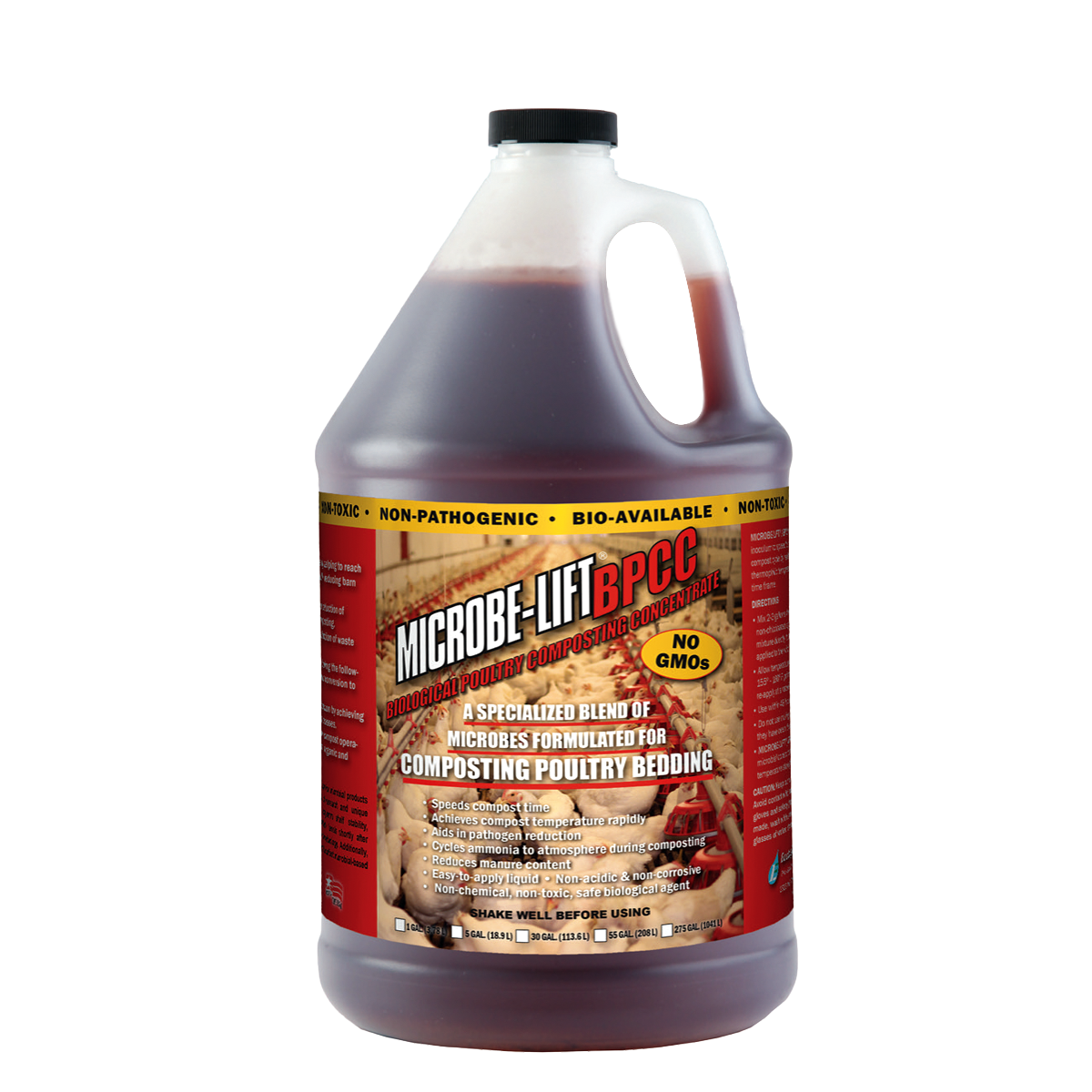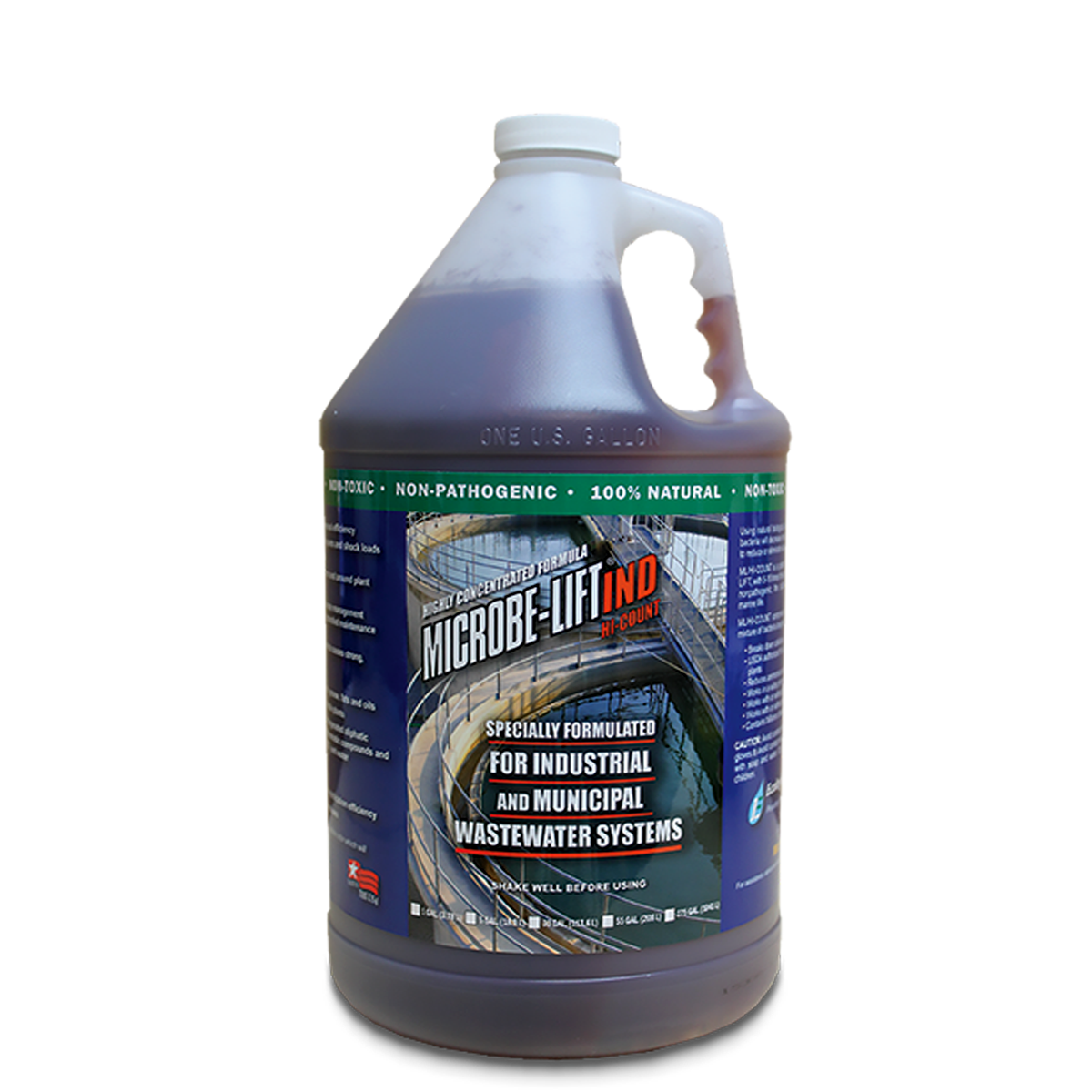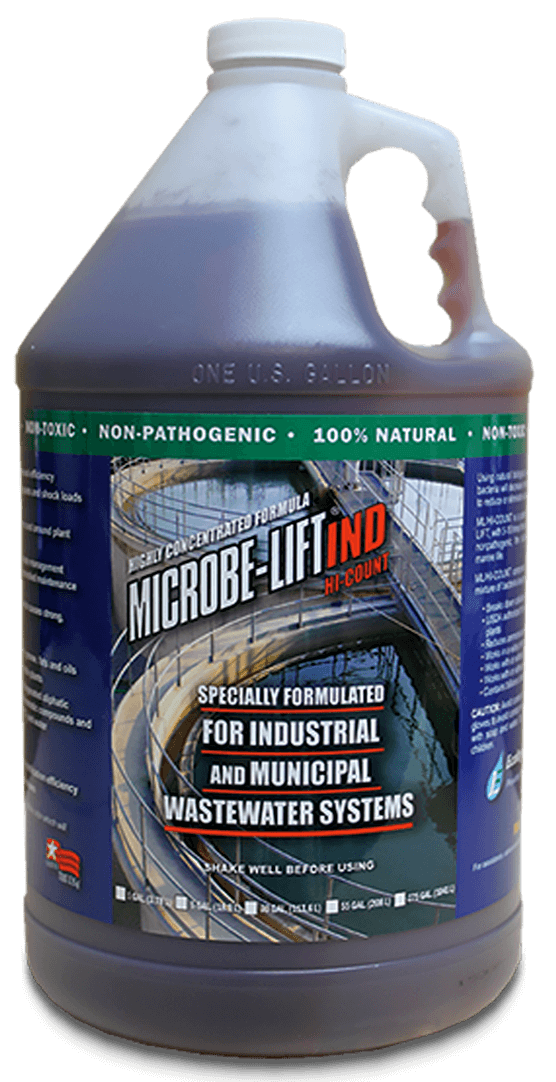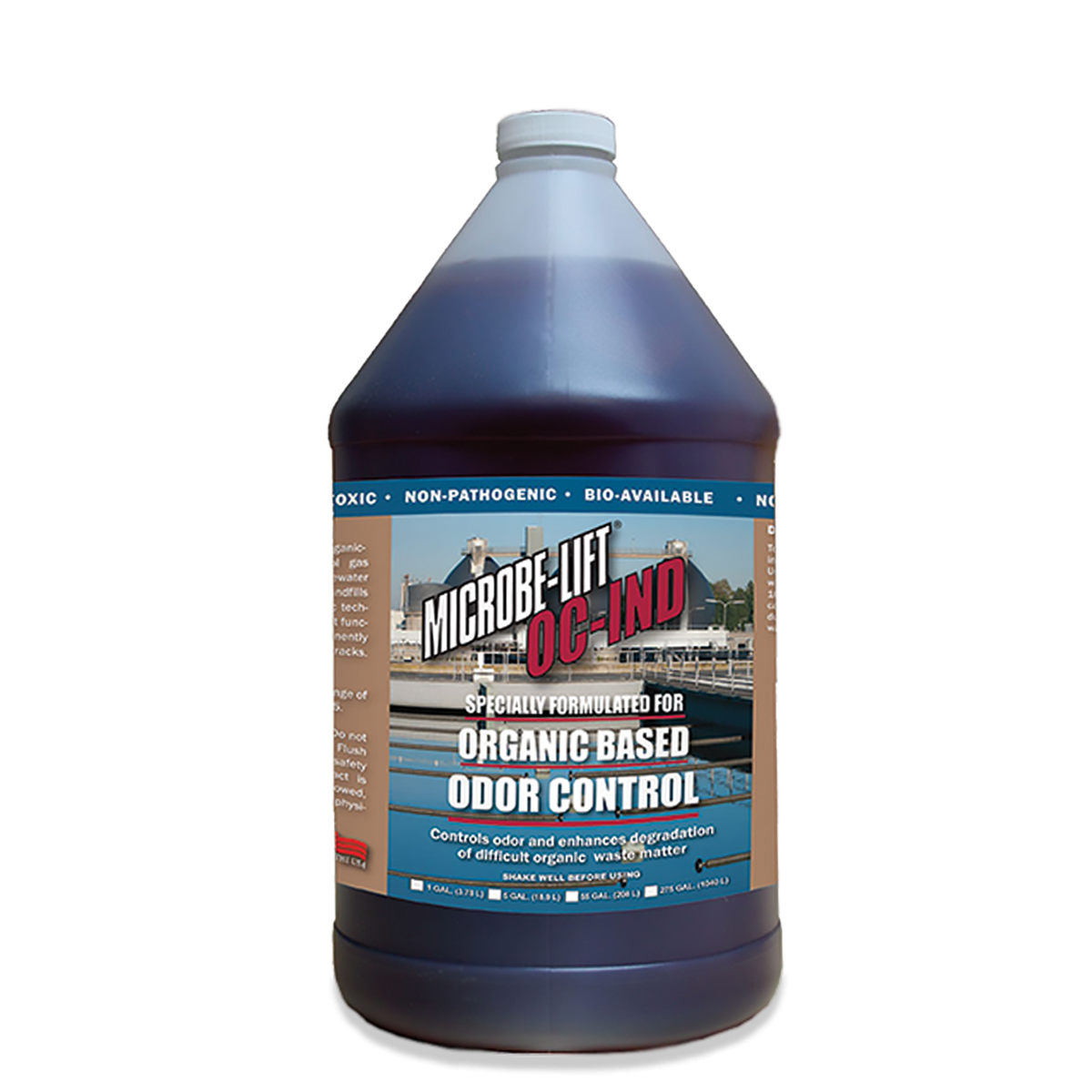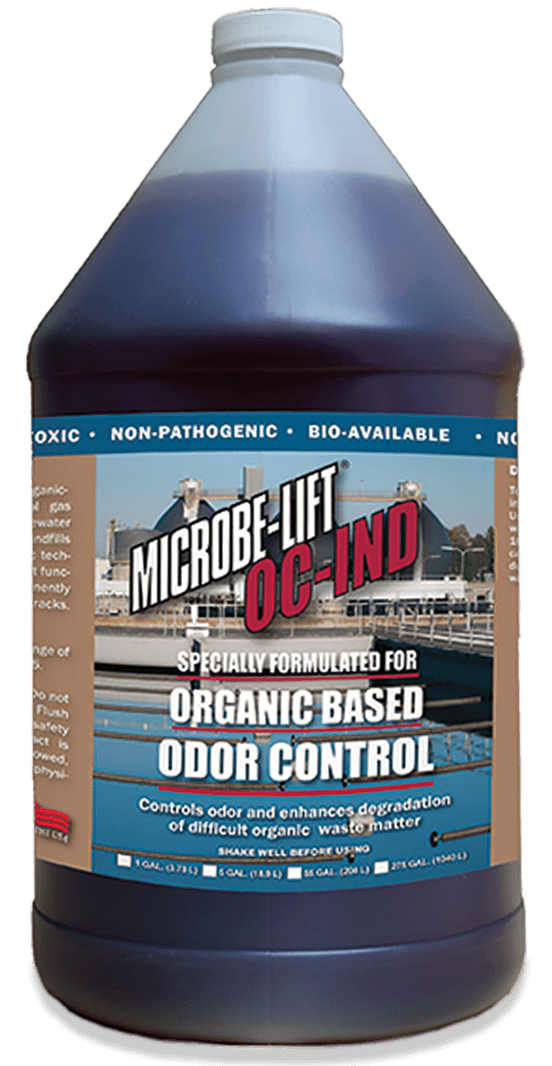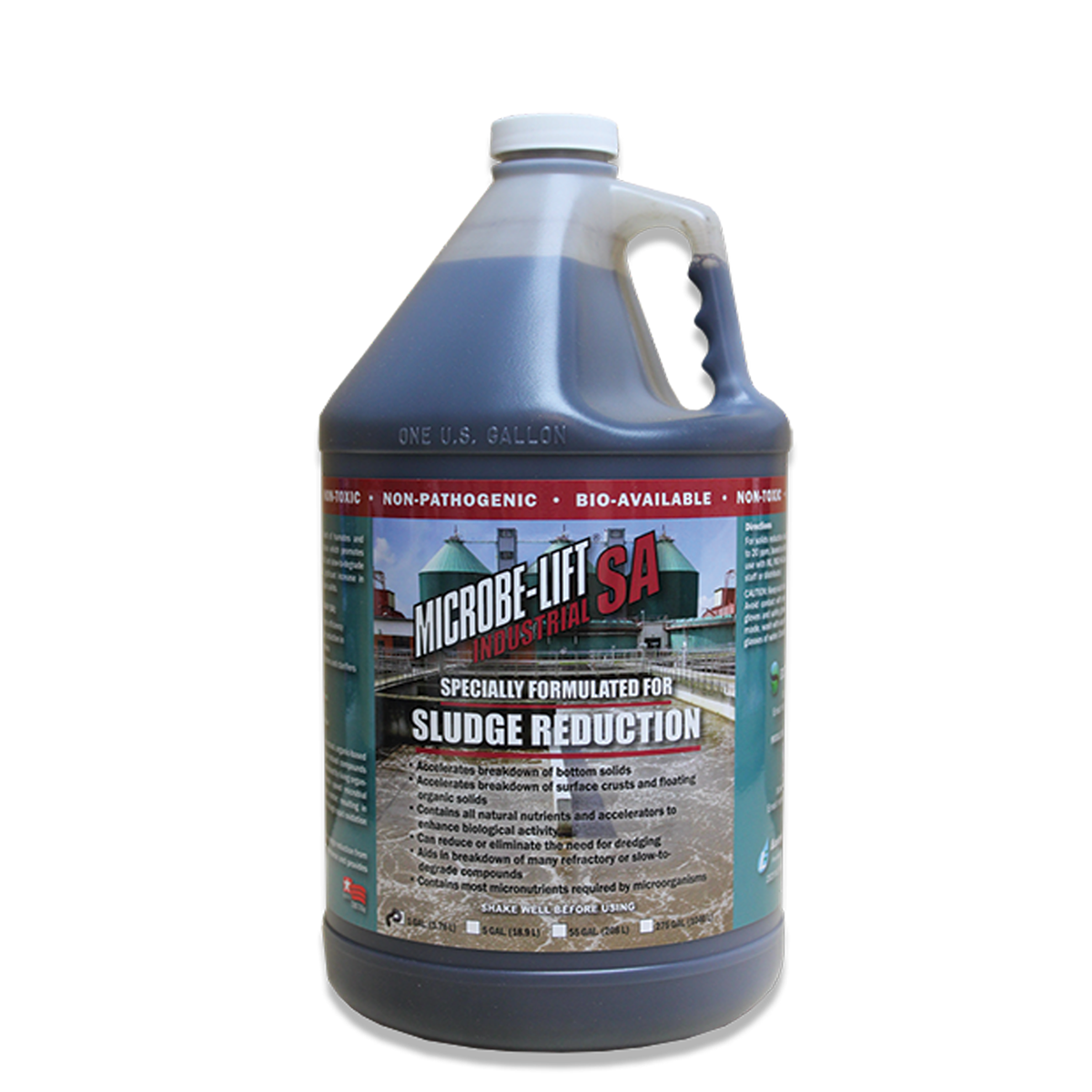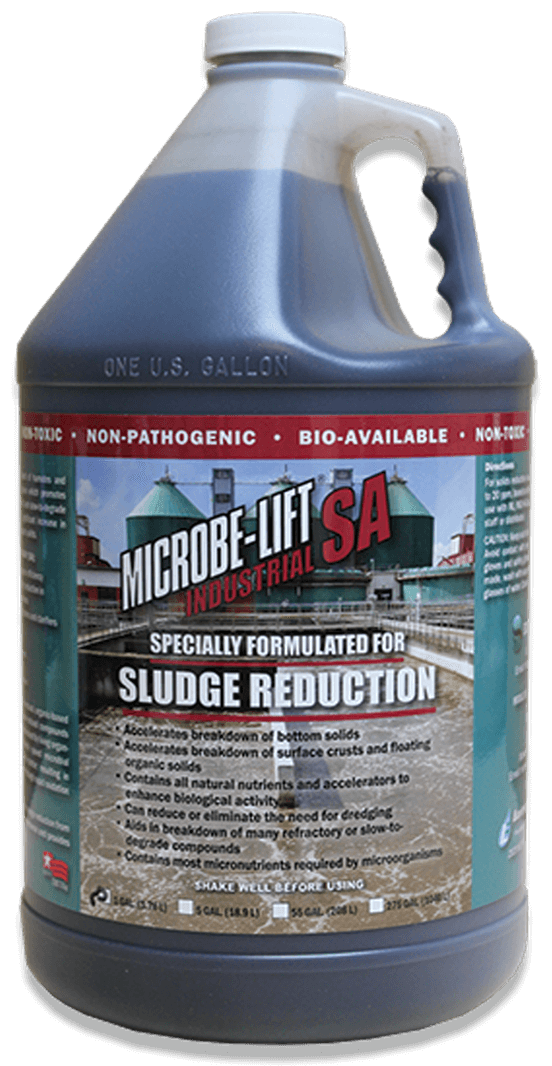Compost contains high levels of nutrients that are not readily bio-available. As MICROBE-LIFT® breaks down the compounds in compost, they convert the nutrients in these compounds to more usable forms. Our Microbial formulations will absorb some of the nutrients as part of their own requirements. Crops, soil, and plant life resulting from MICROBE-LIFT® treated compost are healthier, less susceptible to disease and pests, have faster growth rates and, higher yield per acre when compared with control areas.
BENEFITS
In compost applications, MICROBE-LIFT® Technology is effective in….
- Significantly reducing odors
- Increasing fertilizer value
- Improving temperature rates and stability
- Quickly reducing cycling time
- Increasing screening quality
- Reducing leachate
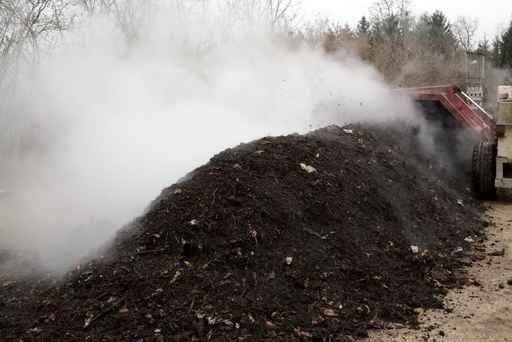
Composting Layer Litter, Guatemala
- Layer Litter composted normally in 32 days, with MICROBE-LIFT® Technology - reduced to 27 days
- A tractor is used to aerate the litter two times per week
- No bacteria products used in the control area
- Bacterial Consortium is applied during aeration
- Better Settling, Composition and Fertilizer Value
- No Odor on Fields
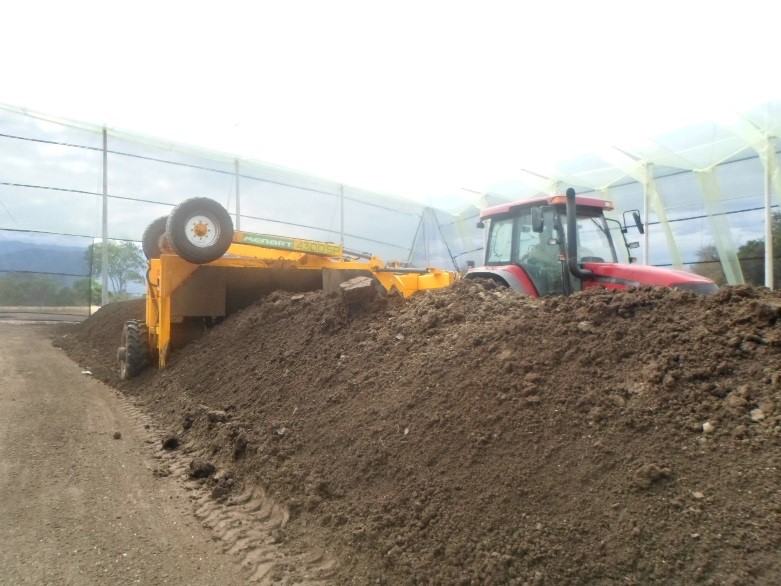
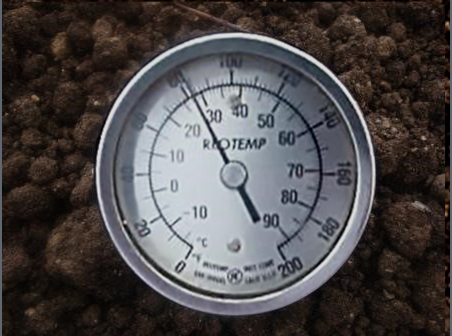
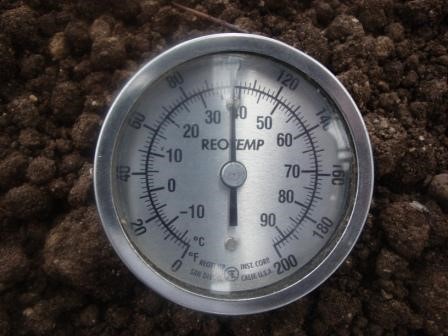
After 15 Days, Temperature difference of the control versus treated compost piles indicates the performance improvement from the Control layer litter 27°C (left) versus the Treated at 38°C (right)
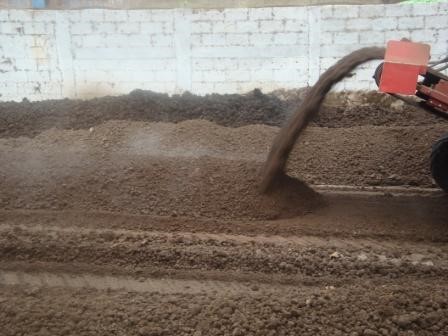
Treated: lower ammonia levels
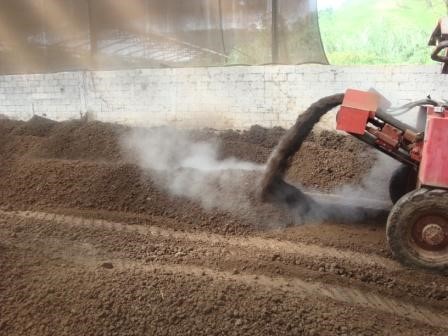
Un-treated: higher ammonia levels
French Bean Post Harvest Composting, Guatemala
POST HARVEST COMPOSTING
- No Odor
- No presences of flies
- Minimal labor expense
- Improved fertilizer value of finished product
- Less time required to completion
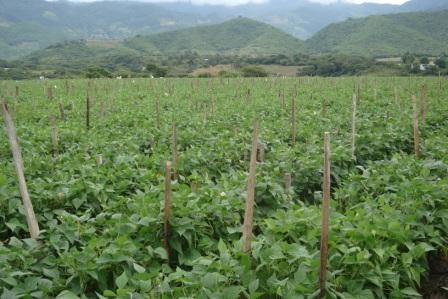

Day 1
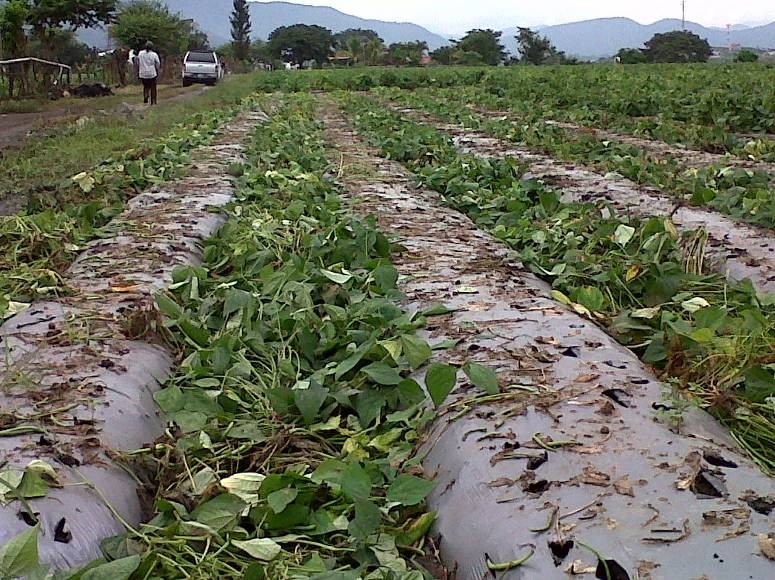
Day 7
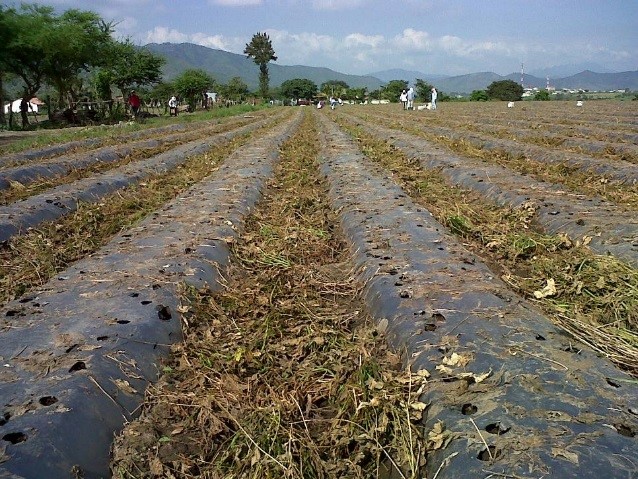
Day 14
Ammonia Reduction with MICROBE-LIFT® Technology in Poultry Composting
Location: Experimental Farm, Honduras.
Background:
A technology-based construction firm in Honduras, contacted a distributor of Ecological Laboratories to explore technology to improve their poultry litter processing. Ecological Laboratories’ technologists devised a test protocol using MICROBE-LIFT® Technology Products conducted at an experimental poultry farm. This farm is utilized to evaluate new technology to optimize efficiency of operations for poultry farms.
Objective:
The objective of this trial was to determine if this technology could:
- Reduce ammonia to create a healthier environment for birds and workers
- Decrease the incidence of beetle larvae in the broiler bedding
- Accelerate the composting process and to produce higher quality fertilizer.
Results archieved:
Based on the parameters listed above, the broiler bedding trial achieved the following results MICROBE-LIFT® technology worked as expected, lowering the ammonia in the air both quantitatively and qualitatively. It significantly reduced odor noted by human perception and by air measurement showing the recommended 5ppm concentration inside the warehouse
There was a significant decrease in the amount of moisture and also a significant acceleration of the composting process. The incidence of the beetle larvae was significantly reduced; this was a secondary experiment of discovery that was tested based on previous experience reducing infestations in other applications.
